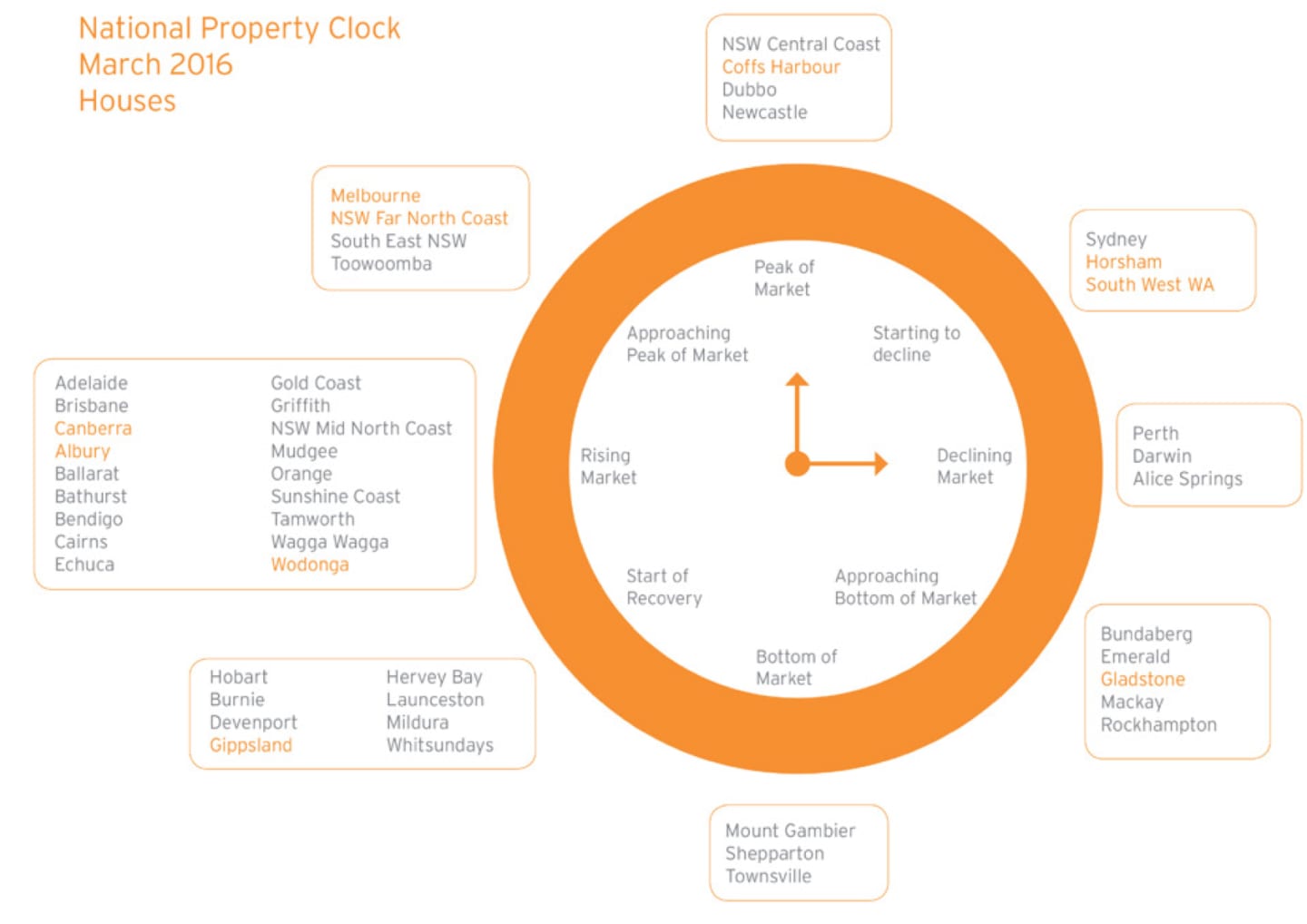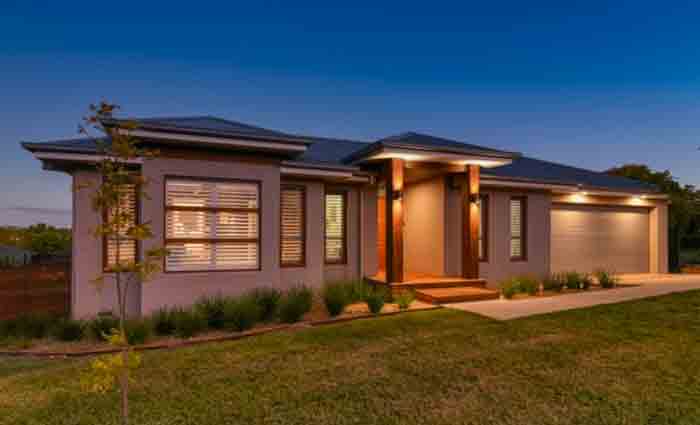Bathurst and Orange changing to cool: HTW

Bathurst/Orange were at the rising market stage in the property cycle in Herron Todd White's recent property clock.
"It is fair to say that most of the central west is undergoing a metamorphosis into the levels of cool, particularly for families," HTW advised.
"While not previously associated with cultural sophistication this is changing with the increase in entertainment venues with recent visits by Anh Do and Kitty Flanagan, increased numbers of immigrants finding it possible to settle in the central west outside of Sydney, university graduates remaining in the area, improved shopping and improved bars and restaurants, many of high quality.
"Whereas Bathurst was previously associated with young male race fans letting off steam, visitors these days are as likely to sit down to an a la carte dinner with the family as they would a meat pie," says HTW.

HTW suggest he year ahead does not look like it is going to be one of increased volatility. In contrast to the major centres of Sydney and Melbourne, percentage movements have been relatively modest over the past few years. The benefit of this is that any knock- on effect from a softening in the capital cities will be felt less acutely. The likely scenario is continued gains in the order of 1 percent to 5 percent. Rents are not expected to move much with supply staying ahead of demand.
New development is expected to continue as is the renovation of existing dwellings with a rising market allowing owners to tap into equity. The majority of new development will be freestanding dwellings, pushing the driving time from the suburbs to the shops beyond 15 minutes. This raises the question of at what point will developers sense the market potential to go up rather than out. That may possibly be this year on the old Orange hospital site.
Orange has invested considerable effort into the Taste Orange campaign and Orange is now seen as a centre for fine food and wine.
This makes sense given the red volcanic soils and cool climate which are perfect for fruits and other crops. Both cities have benefited from the social trend to moving back to natural ingredients with restaurants and grocery stores stocking local produce.
As the trend towards lifestyle choices continues, the area is increasingly able to tick a lot of boxes for more people creating a positive cycle of more local investment, with development mindful of what is drawing people to the region in the first place.
There is very little available in the towns below $200,000 besides slightly dated two-bedroom units. The trend over the next year and beyond is for properties in the $200,000 bracket to move into the $300,000 bracket, $300,000 to $400,000 and $400,000 to the $500,000 bracket. Properties above this price range are unlikely to experience the same percentage increases as small acreages become available to purchasers.
Rural residential properties will continue to be in strong demand with these recognised as having some of the most attractive country in NSW.
Property Observer found a couple of examples of recent sales in Bathurst/Orange to illustrate the 'cool' about these two places:

1. A period cottage with four-bedrooms at 251 Bentinck Street, Bathurst NSW 2795 (above) sold recently for $450,000 through Raine and Horne.

2. A house with five bedrooms at 29 Centennial Crescent, Orange NSW 2800 (above) sold for $699,000.
Gentrification can be an academic discussion but identifying when it takes hold, and quantifying its impact on property is often best left to those that spend their days in the suburbs being felt, say Herron Todd White in their property clock for March 2016.
Certainly staying ahead of the gentrification curve can prove profitable to property investors, say HTW.